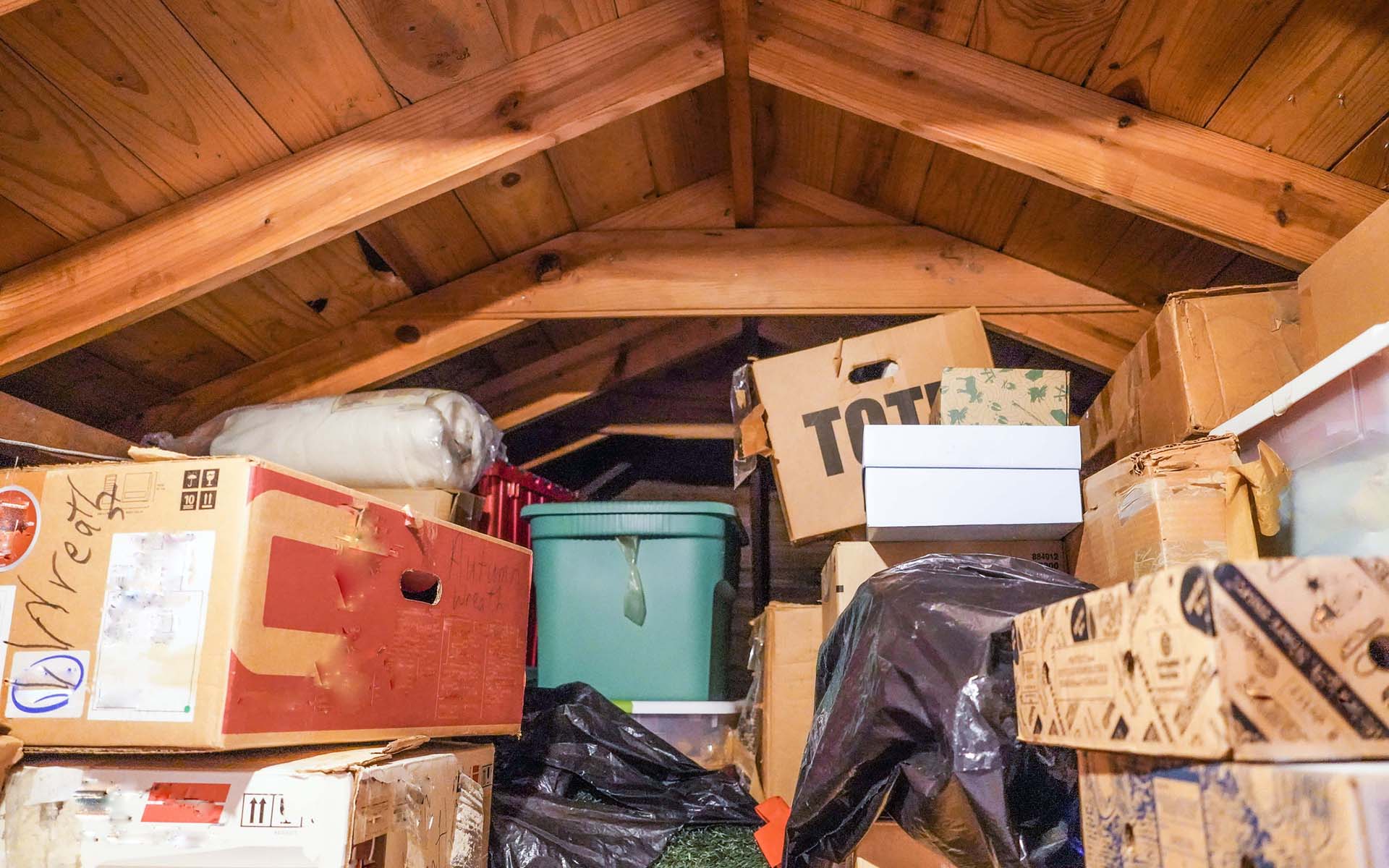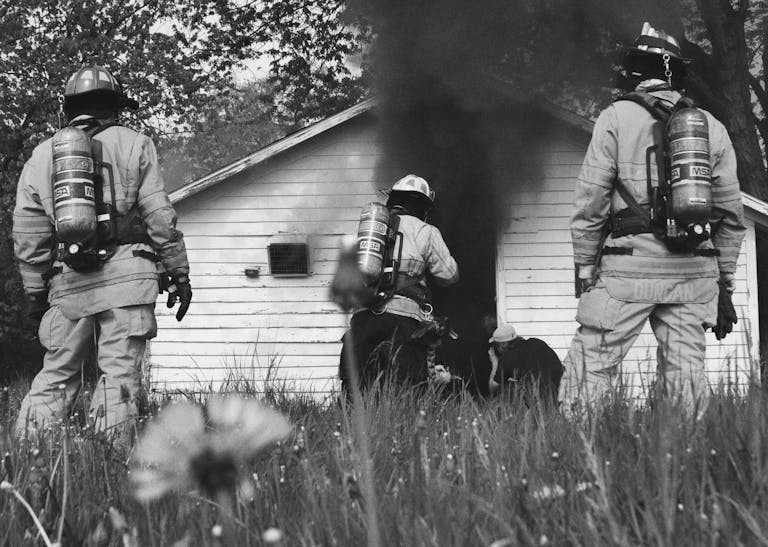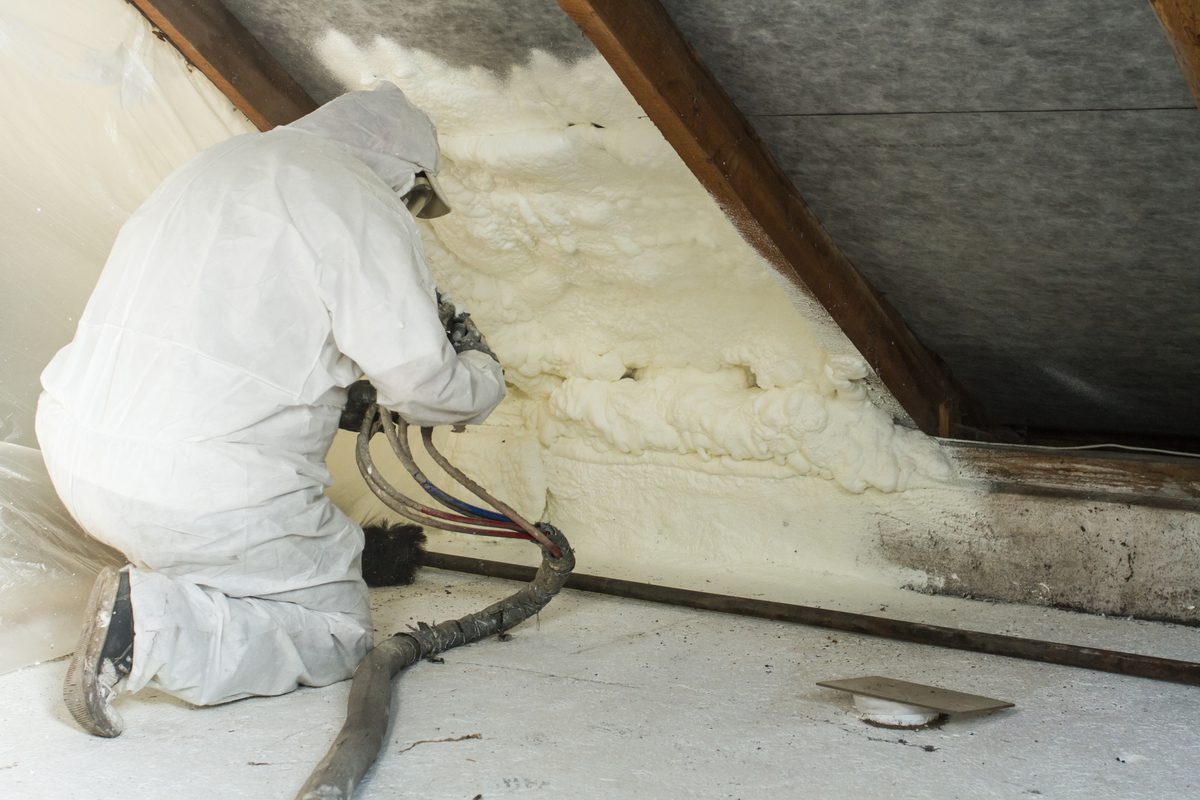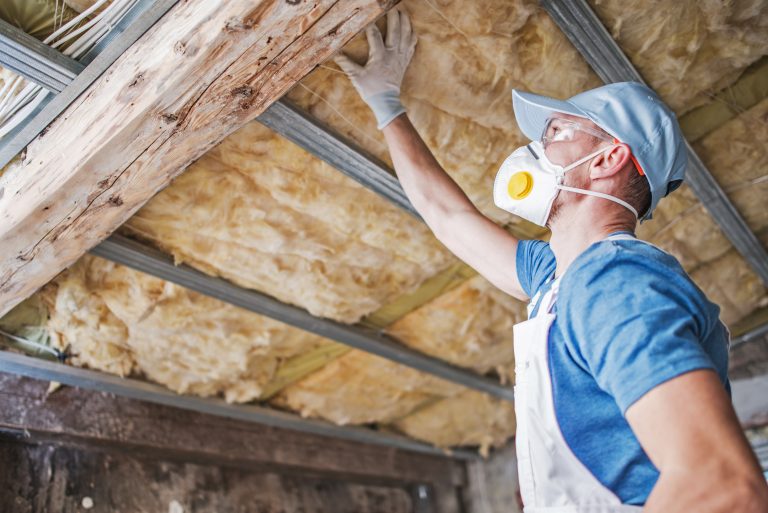
An attic serves as a convenient storage space, but if it is overcrowded and disorganized, it can cause more harm than good. A cluttered attic can become a liability that affects your home’s safety, health, and energy efficiency.
Summer presents the perfect opportunity to tackle this often-overlooked space, and we’re here to explain why decluttering your attic should be at the top of your seasonal home maintenance list.
1. Safety Hazards: Protecting Your Family from Preventable Accidents
Attics are typically tight, dimly lit spaces filled with safety hazards, such as low beams, exposed nails, and loose boards. Add piles of boxes, old furniture, and holiday decorations, and you’ve got a recipe for accidents.
Trip and Fall Risks
A cluttered attic presents numerous trip hazards that can result in serious injuries. Loose floorboards covered by boxes, electrical cords snaking across walkways, and items protruding from storage containers all contribute to an environment where a simple misstep can lead to falls through ceiling joists or onto hard surfaces below. Navigating a cluttered attic can even lead to structural damage if you’re forced to step on weak spots between joists.
Fire Hazards: A Silent Threat
Beyond physical hazards, excessive clutter—especially items such as paper, fabric, and cardboard—can become a serious fire risk. Many homeowners unknowingly store flammable materials, such as old newspapers, cardboard boxes, and synthetic fabrics, near heat sources like electrical fixtures, recessed lighting, or HVAC equipment. In homes with older wiring or HVAC equipment in the attic, a single spark could ignite surrounding materials.
Additionally, cluttered attics make it difficult for professionals to properly inspect and maintain electrical systems, increasing the risk of electrical fires. Decluttering not only makes it safer for you to move around, but it also reduces the fire load during an emergency.
Creating Safe Access and Egress
A properly decluttered attic should have clear pathways for safe access and emergency egress. This means maintaining walkways along structural beams, ensuring adequate lighting, and keeping emergency exits unobstructed.
2. Pest Infestations: Eliminating Unwanted Residents
Cluttered attics provide ideal conditions for pest infestations, creating what we in the insulation industry call “pest highways.” Rodents, insects, and other unwanted creatures thrive in environments that offer shelter, nesting materials, and protection from predators. Stacked boxes, loose insulation, and forgotten stored items create countless hiding spots where pests can establish colonies undetected.
Rodent Infestations: More Than Just a Nuisance
Mice, rats, and squirrels are particularly drawn to cluttered attics because they offer abundant nesting materials and protection. These rodents can cause extensive damage to insulation systems, chewing through vapor barriers, contaminating insulation materials with droppings and urine, and creating gaps that significantly reduce energy efficiency.
Beyond property damage, rodents pose serious health risks. They can carry diseases such as hantavirus, salmonella, and leptospirosis, which can be transmitted through contact with contaminated insulation or air circulation systems. When rodents nest in insulation materials, their droppings and urine can become airborne through your home’s ventilation system, potentially affecting indoor air quality throughout your living spaces.
Insect Infestations and Structural Damage
Cluttered attics also attract various insects, including termites, carpenter ants, and wood-boring beetles. These pests can cause significant structural damage to roof trusses, floor joists, and other wooden components.
Stored cardboard boxes and paper materials provide food sources for these insects, while the cluttered environment makes it difficult to detect infestations until damage becomes severe.
Prevention Through Proper Organization
Decluttering your attic eliminates hiding spots and makes regular pest inspections more effective. When storage areas are organized and properly maintained, signs of pest activity become immediately apparent, allowing for swift intervention before infestations become established. Use sealed plastic containers instead of cardboard boxes and maintain clear sight lines throughout the attic space to facilitate regular monitoring.
3. Reduced Energy Efficiency: The Hidden Cost of Clutter
Your attic plays a crucial role in regulating your home’s temperature, but if it’s packed to the brim, your insulation may not be able to do its job effectively. Decluttering gives your insulation the breathing room it needs to function optimally, which results in improving comfort and lowering utility costs.
The Insulation Obstruction Problem
Proper insulation relies on consistent coverage, appropriate thickness, and unobstructed air flow. When storage items compress insulation materials, create gaps in coverage, or block critical ventilation pathways, your home’s thermal envelope becomes compromised. This leads to substantial increases in heating and cooling costs.
Compressed Insulation Equals Reduced Performance
Many homeowners unknowingly store heavy items directly on top of insulation materials, compressing them and reducing their R-value (thermal resistance). Insulation works by trapping air within its fibers, and when compressed, this air space is eliminated, which dramatically reduces the material’s effectiveness.
This compression effect is particularly problematic with blown-in insulation, which can be permanently damaged by heavy storage items. The cost of restoring compressed insulation often exceeds the value of the items being stored, which makes decluttering a financially sound decision for most homeowners.
Ventilation Blockages and Thermal Bridging
Cluttered attics often have blocked soffit vents, ridge vents, and other critical ventilation components that are essential for maintaining proper attic temperatures and preventing moisture buildup. When storage items obstruct these ventilation pathways, heat builds up in summer and moisture accumulates in winter, creating conditions that reduce insulation effectiveness and can lead to costly structural damage.
Additionally, stored items can create thermal bridges, which are direct pathways for heat transfer that bypass insulation entirely. Metal storage racks, tools, and other conductive materials can create these bridges and allow conditioned air to escape and outdoor temperatures to infiltrate your living spaces.
The Inspection and Maintenance Challenge
Cluttered attics make it extremely difficult for insulation professionals to conduct thorough inspections and maintenance. We need clear access to all areas of the attic to assess insulation condition, identify air leaks, and ensure proper ventilation. When storage items obstruct our access, minor issues can go undetected until they become major problems requiring extensive repairs.
Regular maintenance of insulation systems is crucial for maintaining energy efficiency, but cluttered conditions often prevent homeowners from scheduling these important services. The result is gradual degradation of thermal performance and steadily increasing energy costs.
Taking Action: Your Summer Decluttering Strategy
Before beginning your decluttering project, we recommend scheduling a professional attic inspection to assess current conditions and identify priority areas. Our team can help you understand which areas require immediate attention and provide guidance on maintaining proper clearances around insulation and ventilation systems.
Safe Decluttering Practices
When decluttering your attic, prioritize safety by working during cooler parts of the day, wearing appropriate protective equipment, and having a partner present. Remove items systematically, starting with obviously unnecessary items and working toward decisions about borderline storage needs.
Storage Solutions That Work
For items you decide to keep, invest in proper storage solutions that won’t compromise your attic’s safety or efficiency. Use sealed plastic containers elevated on platforms, maintain clear pathways, and ensure adequate clearance around all mechanical systems and insulation materials.
Long-term Maintenance
Establish a regular schedule for attic organization and maintenance. We recommend annual inspections and decluttering sessions to prevent the gradual accumulation of items that can once again compromise safety, health, and energy efficiency.
Ready to Declutter? We’re Here to Help
Decluttering your attic may seem daunting, but the payoff is worth it. A clean, well-organized attic reduces safety risks, deters pests, and enhances the performance of your insulation. And if you suspect your attic insulation has been damaged or compressed over the years, we offer professional insulation assessments and upgrades to restore your home’s energy efficiency.
This summer, give your attic—and your whole home—a fresh start. Clear the clutter, and let your insulation do its job.
Contact Geo Insulation today to schedule an attic inspection and receive expert advice on making your home more efficient, comfortable, and safe.






